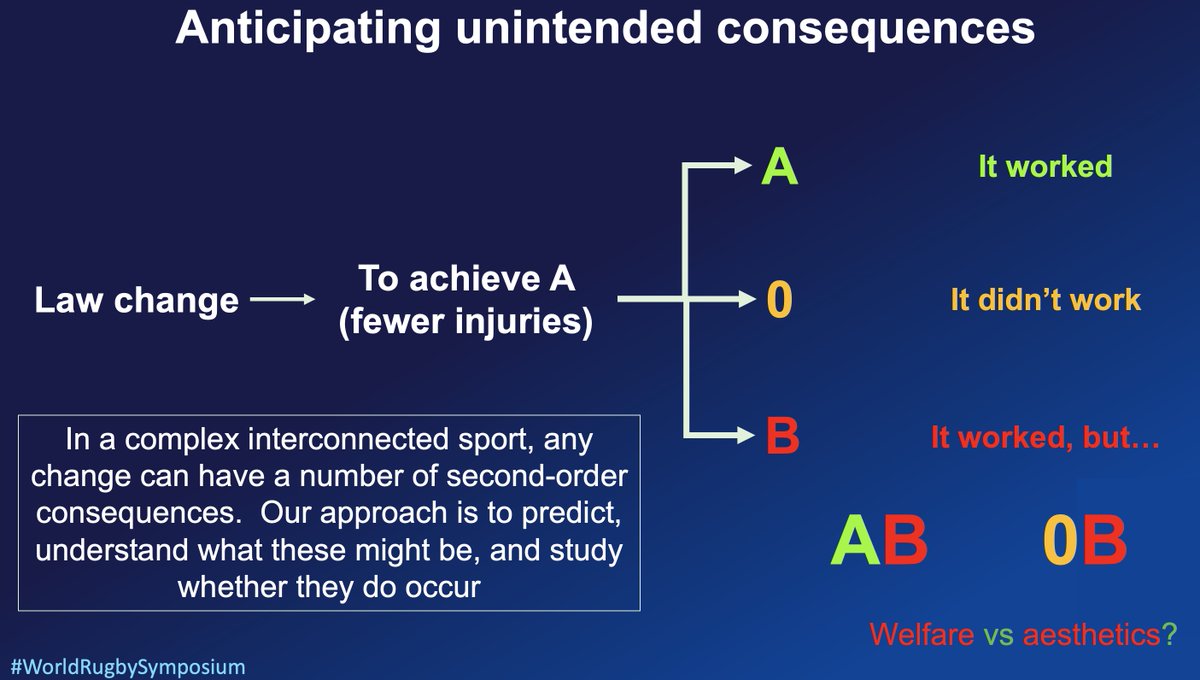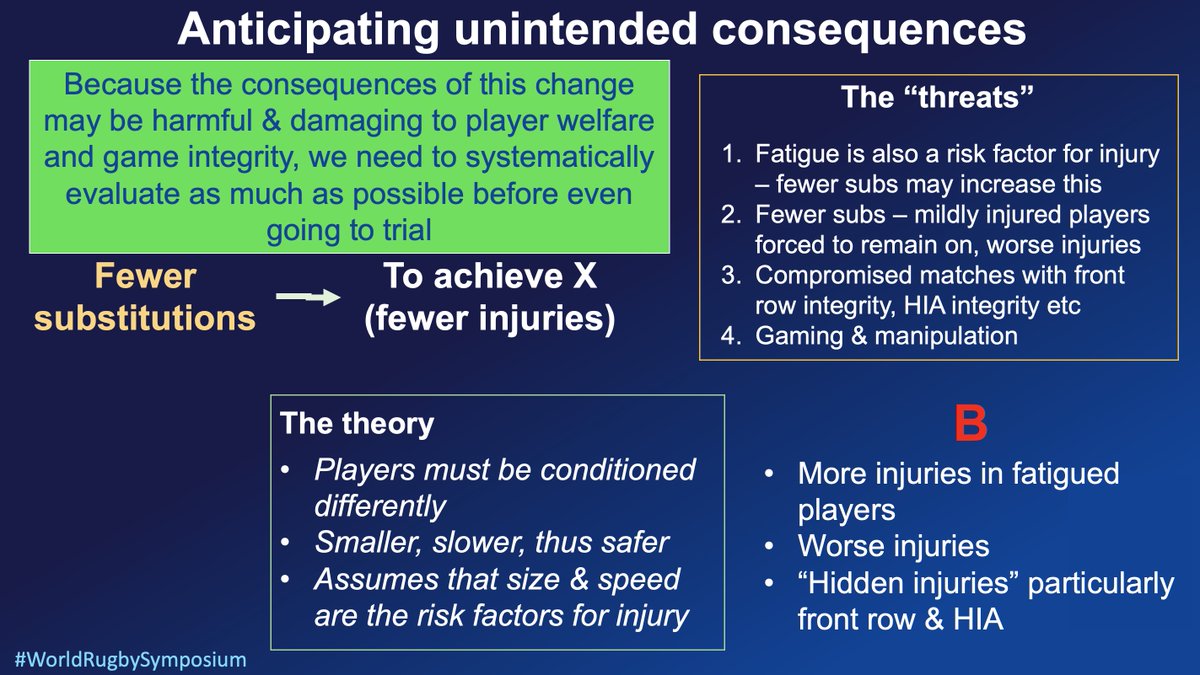
A summary of the CAS decision is now available: tas-cas.org/fileadmin/user… It doesn't tell us anything that couldn't already be deduced - we know that they ruled that Houlihan failed to establish the source of the nandrolone. That's why she got 4 years. The details are key & absent
It’s been a day full “I choose to believe” statements. I can’t believe how many people’s reaction is “the system must be screwed up, she’d never dope”, having heard literally only one side of the story. It still strikes me as remarkable how specific her statement is, and the...
…”proof” she has claimed was presented to CAS in her defence includes a polygraph, a receipt, phone location records, hair samples, and STILL CAS has ruled that she failed to reach a “balance of probability”. Surely you should be asking “What am I missing from the OTHER side”?
Not that the system is infallible. There’ve been cases where you can look at the evidence & genuinely think “This is really harsh on the athlete” (the Colvert case is one such). This isn’t that (yet). It’s a pre-emptive attack on the system based on…what, exactly? Desired trust?
• • •
Missing some Tweet in this thread? You can try to
force a refresh







